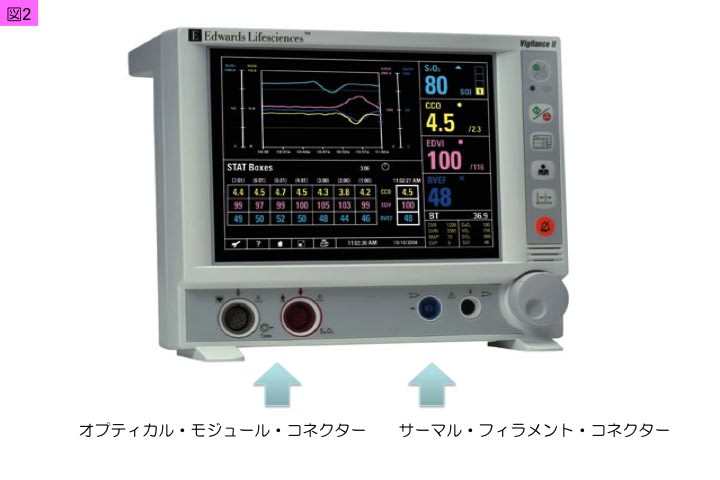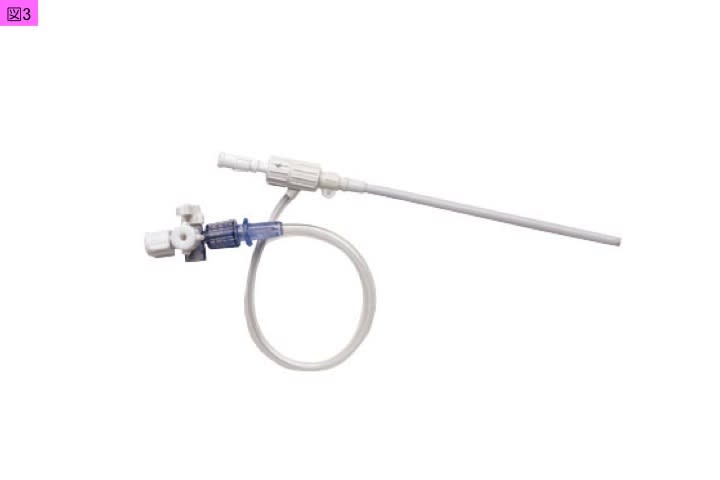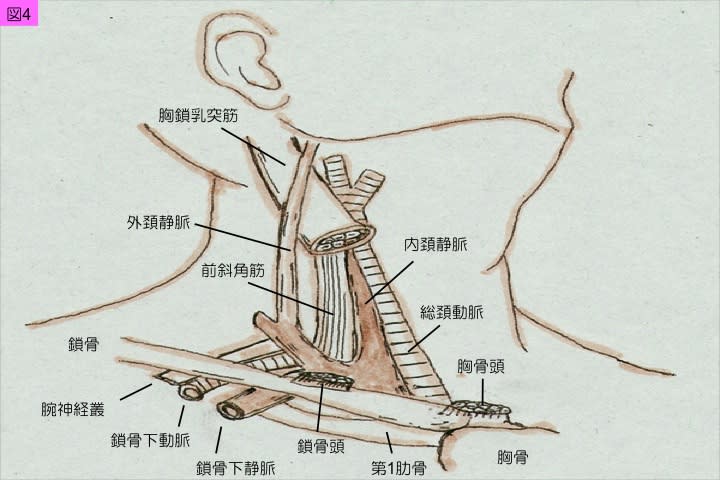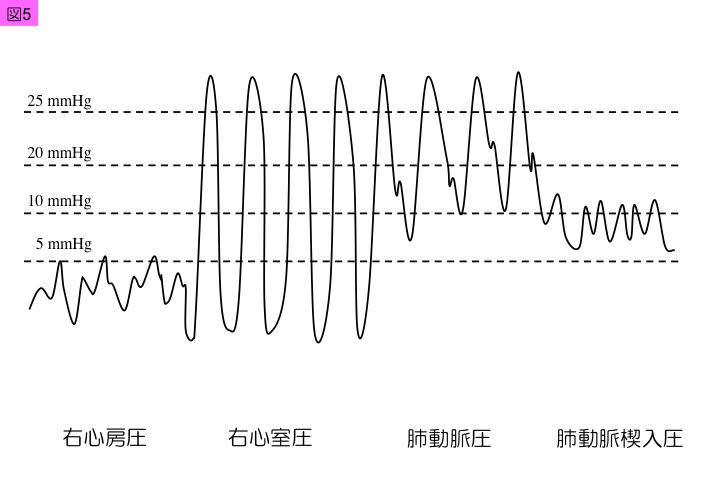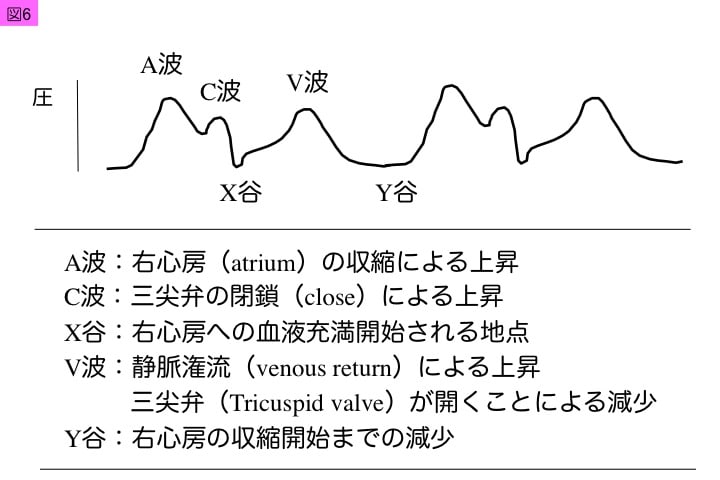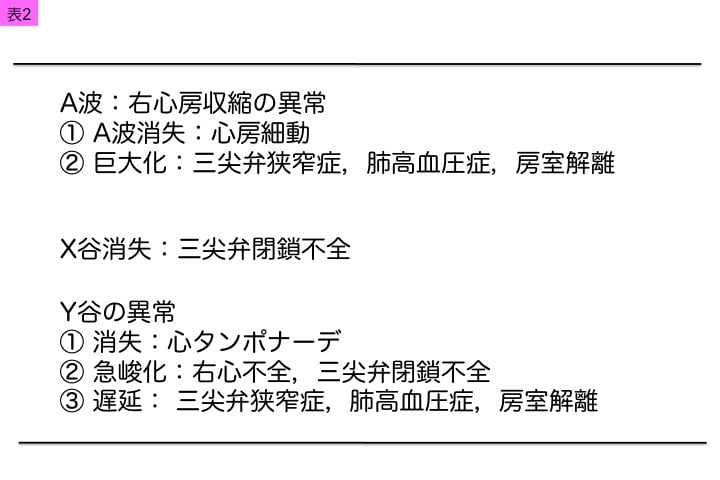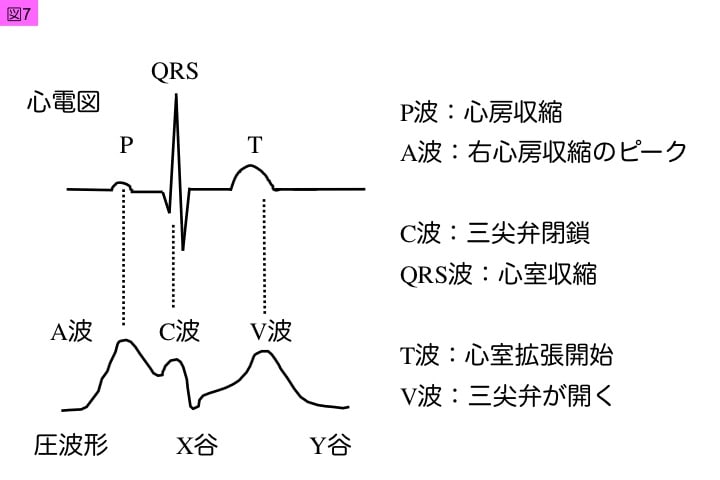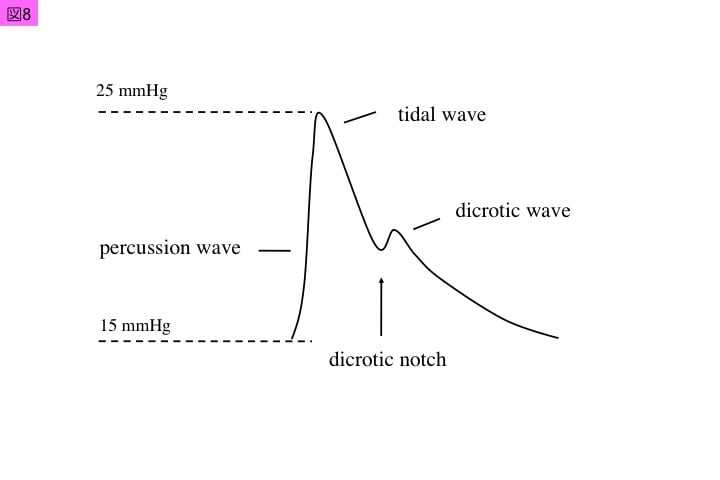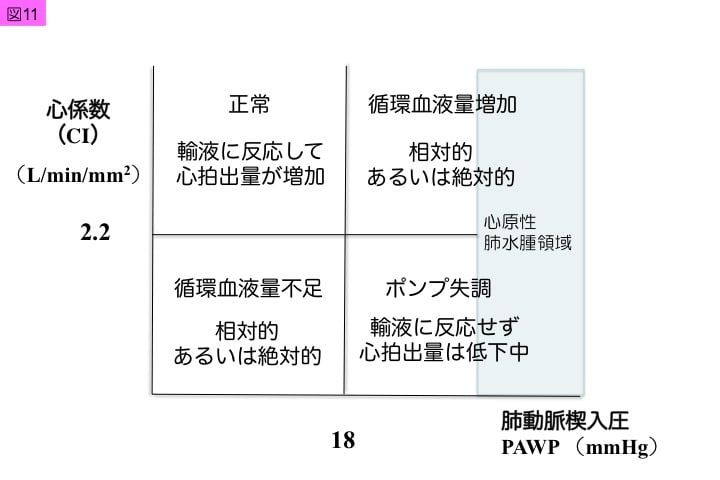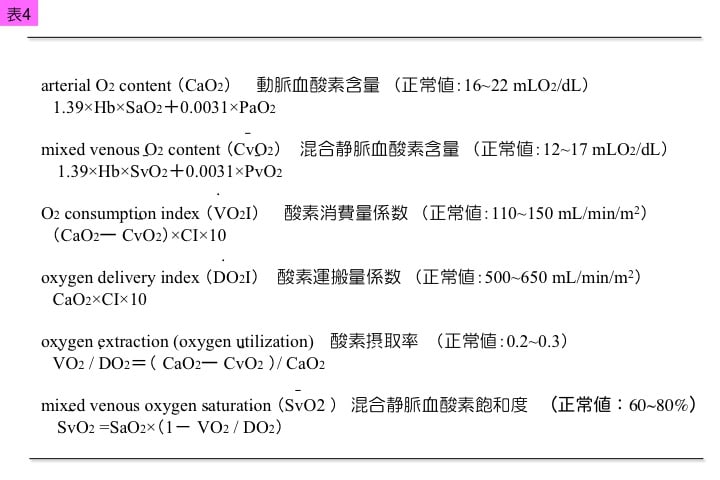名古屋大学へ異動後6ヶ月が経ちました。
さまざまな敗血症動物モデルを独自に開発して,13年になります。
いよいよ9月より全身性炎症における主要臓器組織再生に向けた創薬研究を再開します。
Prof. Naoyuki Matsuda M.D., Ph.D.
Department of Emergency & Critical Care Medicine
Nagoya University Graduate School of Medicine, Nagoya, Japan
E-mail: nmatsuda@med.nagoya-u.ac.jp
This manuscript will give foreign researchers to develop a new drug for systemic inflammation including sepsis.
I am looking forward to the participation of foreign researchers into our laboratory in the near future.
Introduction
Sepsis was defined as systemic inflammatory response syndrome (SIRS) resulting from infection in a joint conference between the American College of Chest Physicians and the Society of Critical Care Medicine in 1991 1). Even in 2010, clinical management of sepsis is hardly satisfactory, with outcomes varying across facilities. When indirect deaths that complicate chronic clinical conditions (e.g., cardiac failure, cancer) are included, over 50,000 people are estimated to die from sepsis in Japan.
In 2001, Angus et al. reported 751,000 deaths across 7 states in the United States due to increased severity of sepsis, with a mortality rate of 28.6% 2). The “Surviving Sepsis Campaign guidelines” were drafted under the lead of the Society of Critical Care Medicine to improve survival of sepsis, with revisions published in 2008 4). Aside from antimicrobial agents, no definitive treatments currently exist for sepsis.
Our understanding of human Toll-like receptors (TLRs) 6-8) has advanced considerably since the pioneering study that demonstrated a relationship between Toll receptors and natural immunity 5). Since then, significant advances in inflammatory signaling have been made in the field. TLR, nucleotide oligomerization domain (NOD) 9) and NOD containing leucine-rich repeats (NLR) are receptors that recognize pathogen-associated molecular patterns on microorganisms. Working out the intracellular signaling pathways downstream of these receptors has provided clearer informations of how systemic inflammation occurs in sepsis. To this end, recent studies have elucidated the signaling pathways downstream of receptors implicated in sepsis, including the TNF receptor (TNF-R) 10)and interleukin receptors (e.g., IL-R1 11), IL-R6 12, 13)). This led to a better understanding of mechanisms underlying the propagation and amplification of systemic inflammation among many types of cell after TLR stimulation. While sepsis therapies have been pursued against many different inflammatory mediators, these mediators can be collectively considered products of transcriptional activation via inflammatory receptor signaling. In particular, the mechanism of amplifying inflammation through the transcription factors nuclear factor-κB(NF-κB)and activator protein-1 (AP-1) is particularly important in sepsis.
From the perspective of gene expression, which adds an additional layer of complexity to sepsis, this manuscript places focus on NF-κB and AP-1. This paper will provide the pathophysiology accompanying the increase in severity at the cellular level, and discuss possibilities in new drug discovery in severe sepsis and septic shock.
1. Inflammatory alert cells
In addition to leukocytes such as monocytes, neutrophils, lymphocytes, and dendritic cells, the most important factor leading to the induction of multiple organ failure in sepsis is the expression of inflammatory receptors (e.g., TLR, TNF-R, and IL-R) on vascular endothelial cells and the various cell types that make up major organs. Previously, SIRS pathology was considered to result from infiltration of leukocytes, such as monocytes and neutrophils, and the overproduction of inflammatory cytokines. This alone, however, cannot explain why the earliest symptoms of SIRS (e.g., acute lung injury and tachycardia) are readily manifest, and differ in the extent of inflammation across major organs. Similar to leukocytes, some cells in major organs express inflammatory receptors on their surface and in their cytoplasm, and can produce inflammatory mediators such as inflammatory cytokines, chemokines, nitric oxide (NO), and prostanoids as “inflammatory alert cells” (hereafter, alert cells).
To date, many receptors that trigger inflammation have been characterized, including TLR 6), TNF-R 10), IL-1R 11), NOD 14), NLR 14), C-type lectin receptor (CLR)15), receptor for advanced glycation end product(RAGE)16), and protease activated receptor (PAR)17, 18). To fully appreciate multiple organ failure associated with sepsis, it is necessary to know which cell types in normal organs express these inflammatory receptor signals, how they are distributed, and how their levels change over the course of sepsis progression. Furthermore, while the early phase inflammatory alarm in response to foreign agents in major organs is carried out by alert cells 7, 8), these cells also increase in number due to sepsis complication or sustained sepsis. Alert cells express inflammatory receptors on their surface, and are characterized by the existence of inflammatory signaling pathways downstream of these receptors. Although they may be histologically related, not all alert cells have the biochemical capacity to evoke inflammation under normal conditions, and while some are sensitive to pathogens and cytokines, others are not. These histologically related, but biochemically distinct cells coexist in the same tissue in major organs.
Figure 1 shows immunohistochemical staining of TLR2 in the bronchiolar region of male BALB-C mouse lung. TLR2 is expressed at low levels in this region and on the surface of alveolar epithelial cells under normal conditions. However, when lipopolysaccharide (LPS; a TLR4 ligand) is intratracheally administered, surface expression of TLR2 (a lipoteichoic acid receptor) increases (Figure 1B). As inflammation progresses, various cells begin to express inflammatory receptors on their surface, and the number of alert cells in the lungs increase19). While various cell types in major organs express TLR and TNF-R, many of these cells exhibit low surface expression of these inflammatory receptors. Figure 2 shows immunohistochemical staining of TNF-R1 in cultured human bronchial epithelial cells. Under unstimulated conditions, TNF-R1 localizes to the Golgi body and perinuclear region, and fewer than 30% of cells express it on their surface.
Tissue immunohistochemical staining reveals the translocation of TLR and TNF-R from the Golgi body to the cell surface via microtubules in response to inflammatory stimulation. In addition to the glycosylated protein associated with TLR4 (PRAT4) in this process 20), NF-κB and PKC are also thought to be involved. More specifically, given that radical scavengers, NF-κB decoy nucleic acids, and nonselective PKC inhibitors can inhibit this process, production of transport stimulating agents by radical-activated NF-κB and kinesin motor activation via PKC are speculated to be involved in the surface expression of these receptors.
Thus, although they can be considered histologically related cells, only a few cells express inflammatory receptors on their surface during the early stages of SIRS. Yet, when inflammatory stimulation is sustained in response to sepsis, the number of alert cells that exhibit surface expression of inflammatory receptors increases, thereby accelerating inflammation in major organs 21-23).
2. Transcription factor activation in sepsis
Overproduction of inflammatory cytokines and mediators in sepsis results from a combination of inflammatory receptor stimulation and increased mRNA production 7, 8). Mechanisms of NF-κB and AP-1 activation have become elucidated in recent years, and provide a basis for the overproduction of mRNA associated with systemic inflammation. The intracellular signaling pathways that activate these two transcription factors are depicted in Figure 3.
TLR and IL-1R activate TNF-R-associated factor 6 (TRAF6) and tumor growth factor-β associated kinase 1 (TAK1) via adapter proteins such as myeloid differentiation factor 88 (MyD88) and interleukin-1 receptor-associated kinase (IRAK). The input signals for this phosphorylation cascade are TLR2 for lipoteichoic acid, TLR4 for LPS, and TLR5 for bacterial flagellin (from salmonella flagella). TNF-α and IL-1β produced during inflammation and ischemia 24). induce similar inflammatory signals in cells via their respective receptor. As a result, these inflammatory signals induce phosphorylation of the inhibitory-κB (I-κB) kinase (IKK) complex, leading to increased nuclear translocation of NF-κB.
As with NF-κB, AP-1 activity increases in response to mitogen-activated protein kinase (MAPK) activation. MAPK kinase (MAPKK) activated via TAK1, phosphorylates Jun and Fos family members, which then bind to AP-1 and the cAMP-responsive element (CRE) sites in target promoters.
Such activation of NF-κB and AP-1 occurs in various alert cells, including type II alveolar epithelial cells, right atrial and endocardial cells, vascular endothelial cells, renal tubular epithelial cells, and intestinal epithelial cells. In addition to being involved in the NF-κB and AP-1 activation pathway via TNF receptor-associated death domain protein (TRADD), TNF-R can activate death signals via Fas-associated death domain (FADD) in a pathway distinct from TLR and IL-1R. Alert cells undergo apoptosis via increased death receptor (DR) signaling after producing inflammatory mediators to alert surrounding cells in response to inflammatory signals25, 26). When alert cells increase, and the rate of apoptosis increases relative to that of proliferation, the number of cells that comprise major organs decreases. This subsequently leads to intensification of multiple organ failure. In this context, fibroblast proliferation can lead to scarring of and restriction in organ tissue.
to be continued






















